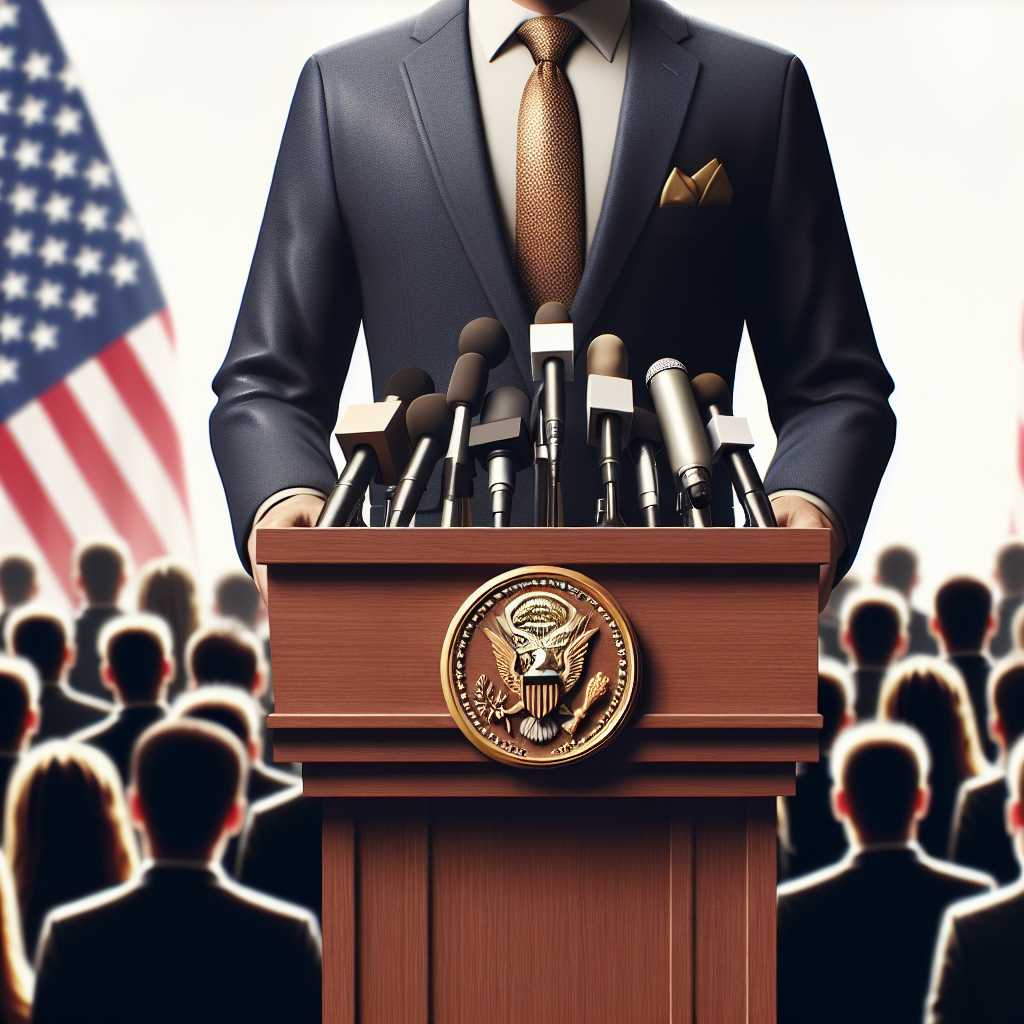# The Integral Role of the Secretary of State in the United States Government
The role of the Secretary of State stands as one of the oldest and most prestigious positions within the United States government. Tasked with an array of responsibilities, the office is fundamentally linked to the development and execution of foreign policy. In this comprehensive review, we will peel back the layers to understand this invaluable position, taking a deep dive into its historical context, fundamental duties, and lasting impact on international affairs.
Historical Context and Evolution of the Role
Rewinding to the genesis of the Secretary of State’s role gives crucial insight into how integral it has been since America’s infancy. Initially, under the Articles of Confederation, diplomatic functions were carried out by the Department of Foreign Affairs, which soon evolved after the ratification of the U.S. Constitution. When George Washington became president, Thomas Jefferson was appointed as the first Secretary of State, setting foundational precedents for this executive role.
Over time, this position has expanded beyond overseeing solely diplomatic efforts to embodying broader aspects such as managing U.S. relations at international fora and participating in high-level policy decisions both domestic and foreign.
Duties and Responsibilities
This premier cabinet position dabbles in multifarious tasks- primarily around policy-making, administration, and advocacy. Foremost among these are the development and guidance of America’s foreign policy. This could entail negotiating treaties, representing the U.S. in multinational organizations such as the UN or NATO, or engaging with foreign dignitaries.
Stopping short only on foreign soil, the duties stretch far into coordinating interagency activities that have international implications, providing support for American citizens abroad in dire circumstances such as evacuations during crises and releasing various reports to Congress- which all further strengthens U.S. international relations.
Appointments and Expectations
Secretaries are appointed by the President with the advice and consent of the Senate. Consequently, they often mirror presidential philosophy while maintaining enough autonomy to advise and even contest when needed.
Every term brings with it unique challenges shaped by an ever-evolving global stage thus placing on incoming secretaries immense expectation to be both nimble strategists and effective administrators- representing America’s voice, values, and interests across globe-spanning issues.
Key Challenges for Modern Secretaries of State
Stepping into contemporary shoes of a Secretary spells grappling with manifold challenges -from navigating complex geopolitical climates laced with unresolved conflicts to addressing tangible issues like climate change, cyber threats, international trade agreements, and human rights violations – all layered against a backdrop of shifting alliances and an unpredictable international order.
Critical diplomatic finesse is demanded for crises resolution without forsaking long-term strategic goals; an intricate balancing act to be sure.
Impactful Secretaries in History
In reflecting over the notable incumbents who have carved out influential legacies -there emerges profiles like Henry Kissinger whose imprint on U.S.-China relations reverberates today or James Baker’s deft orchestration during the collapse of the Soviet Union.
Such figures underscore that while transient political climates change, well-helmed diplomacy can yield long-scale shifts in global dynamics- establishing a narrative for storied tenure at this high office.
